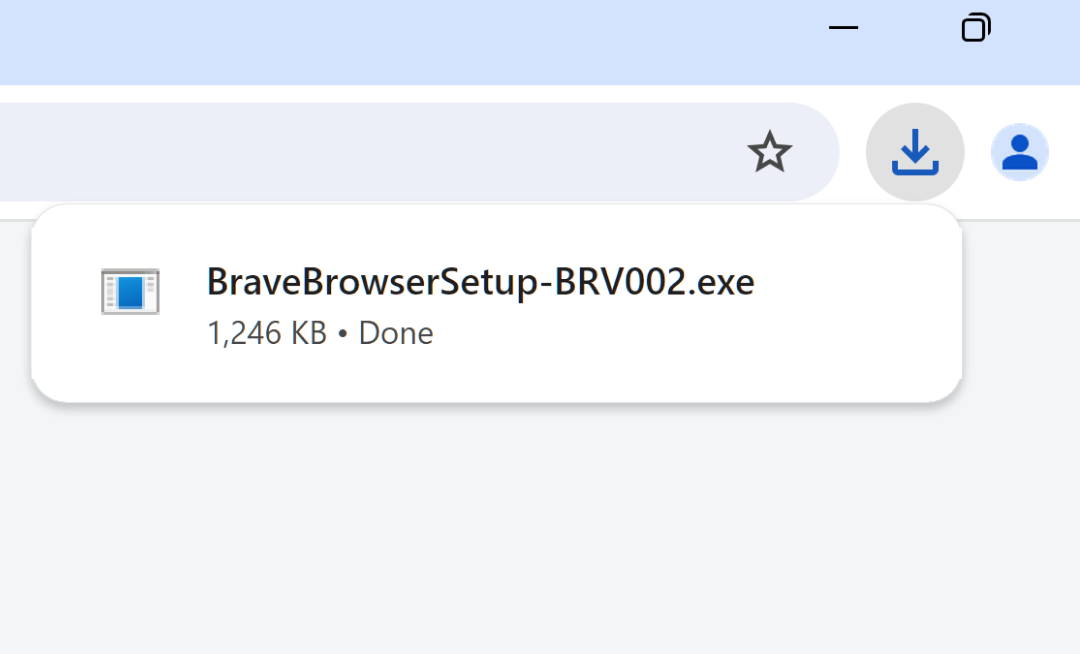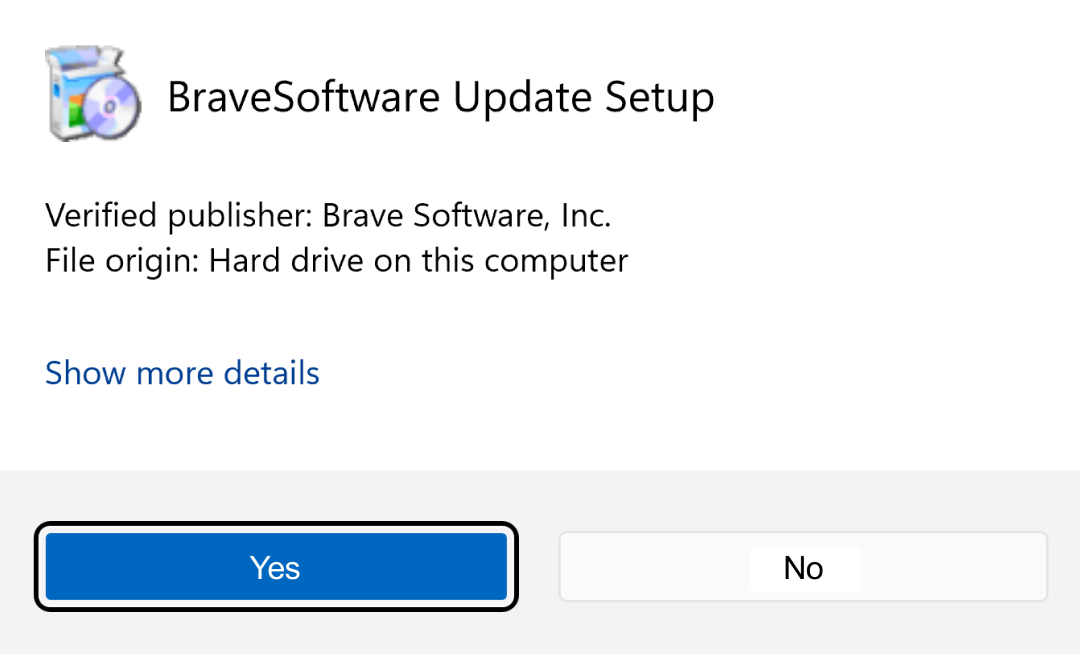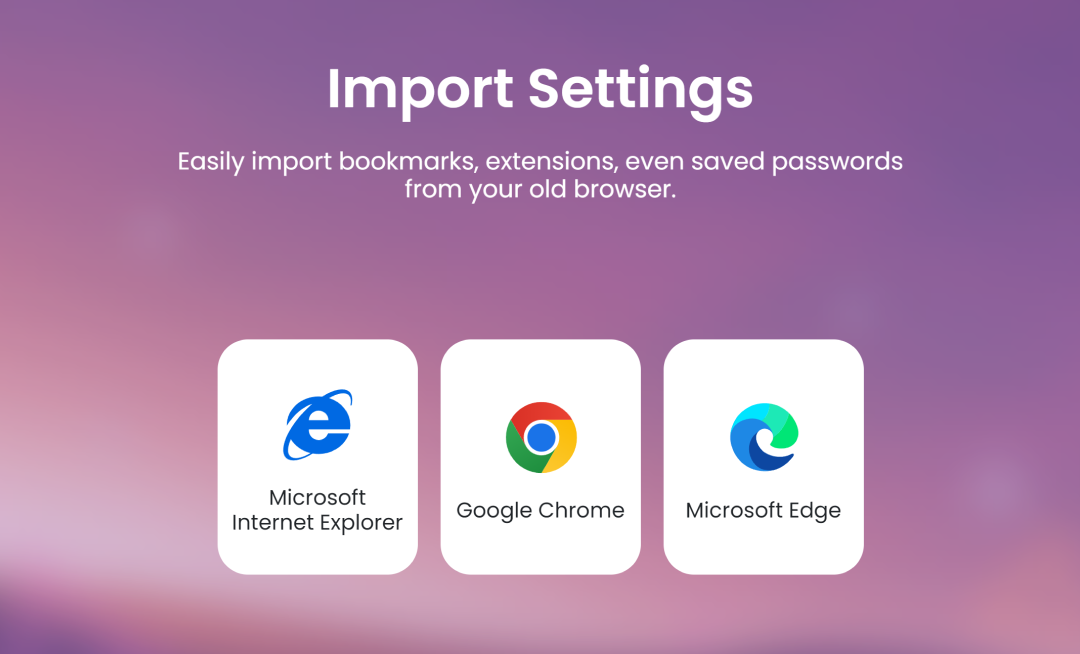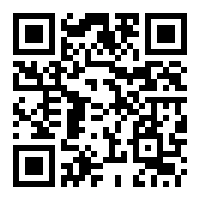
Brave partners with Transak to expand crypto purchases globally in Brave Wallet, with over 50 new assets and multiple payment methods
Mar 23, 2023
Today we're happy to announce a new partnership with Transak, whose developer integration toolkit will enable the purchase of crypto assets directly within Brave Wallet.























